
The auto-focus function has become a staple feature in modern projectors,
revolutionizing the user experience by eliminating the need for manual lens
adjustment and ensuring sharp, clear images with minimal effort. Whether you are
setting up a projector for a home theater, a business presentation, or an
outdoor movie night, auto-focus simplifies the process, making it accessible to
users of all skill levels. To fully appreciate this feature, it is important to
understand how it works, its key benefits, and the different technologies used
to implement it.
At its core, the auto-focus function uses a combination of hardware and
software to detect the sharpness of the projected image and adjust the lens
accordingly. The process typically begins with the projector capturing a sample
image of the projected surface (such as a screen or wall). This sample image is
then analyzed by the projector’s internal software, which uses algorithms to
measure the contrast and edge sharpness of the image. Areas of low contrast or
blurred edges indicate that the image is out of focus, prompting the software to
send signals to a motorized lens mechanism.
The motorized lens is a critical component of the auto-focus system. It
consists of small, precision motors that adjust the position of the lens
elements, either by moving the entire lens forward or backward or by adjusting
the distance between individual lens components. These adjustments change the
focal length of the lens, bringing the image into focus. The software
continuously monitors the image as the lens is adjusted, making fine-tuning
adjustments until the maximum level of sharpness is achieved. This process
happens in a matter of seconds, ensuring that the image is focused almost
instantly after the projector is turned on or moved.
There are several different technologies used to implement auto-focus in
projectors, each with its own advantages and limitations. One common technology
is contrast detection auto-focus (CDAF), which is widely used in entry-level and
mid-range projectors. CDAF works by analyzing the contrast of the image, as
sharp images have higher contrast between light and dark areas. While CDAF is
cost-effective and works well in most situations, it can struggle in low-light
conditions or with images that have low contrast (such as plain white screens or
dark scenes), as it may have difficulty detecting edges and measuring
sharpness.
Another popular technology is phase detection auto-focus (PDAF), which is
often found in high-end projectors. PDAF uses a series of sensors to detect the
phase difference between light rays entering different parts of the lens. This
allows the projector to calculate the exact distance needed to adjust the lens
for optimal focus, making the process faster and more accurate than CDAF. PDAF
performs well in low-light conditions and with low-contrast images, making it
ideal for professional use cases such as business presentations or large-scale
events.
Some advanced projectors also feature laser-based auto-focus, which uses a
laser sensor to measure the distance between the projector and the screen. The
laser emits a beam that bounces off the screen and returns to the sensor,
allowing the projector to calculate the exact focal distance and adjust the lens
accordingly. Laser-based auto-focus is extremely fast and accurate, even in
complete darkness, and is often used in high-end home theater projectors and
professional installation projectors.
The benefits of auto-focus extend beyond convenience. In business settings,
it ensures that presentations start quickly and without delays caused by manual
focus adjustments, allowing presenters to focus on their content rather than
technical setup. In home theaters, it provides a seamless viewing experience, as
the projector can automatically adjust focus if it is accidentally moved or if
the screen position changes. For outdoor use, where lighting conditions and
screen surfaces can vary, auto-focus ensures that the image remains sharp
regardless of the environment.
However, it is important to note that auto-focus is not perfect. In some
cases, the projector may focus on the wrong part of the image (such as a dark
corner instead of the main content) or may struggle with highly detailed images
that have multiple sharp edges. To address these issues, many projectors offer
manual override options, allowing users to fine-tune the focus if needed.
Additionally, regular calibration of the auto-focus system can help maintain its
accuracy over time.
Read recommendations:
HW45 Home Cinema - HW Series Projector
Can LED Projectors Have Brighter Lamps Replaced?
250ANSI Projector solution
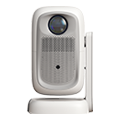
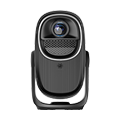



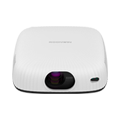
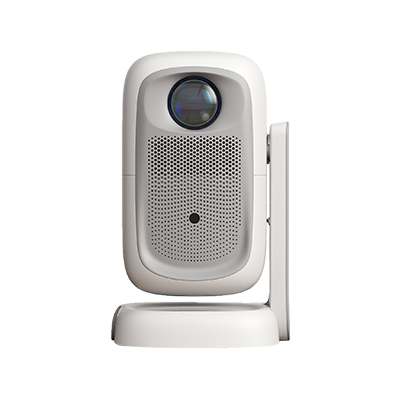
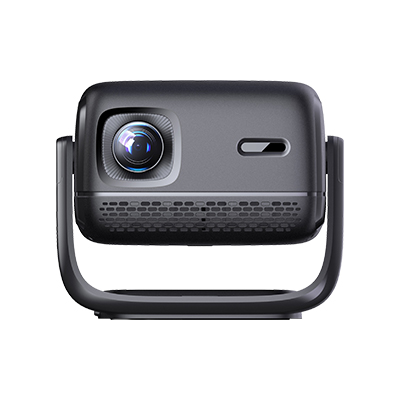
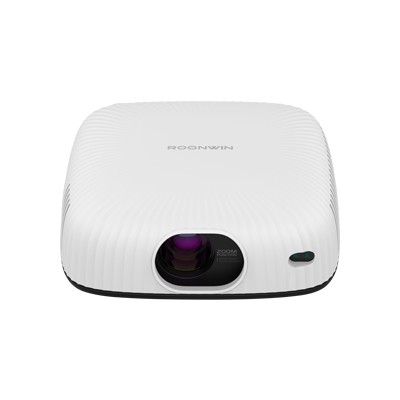









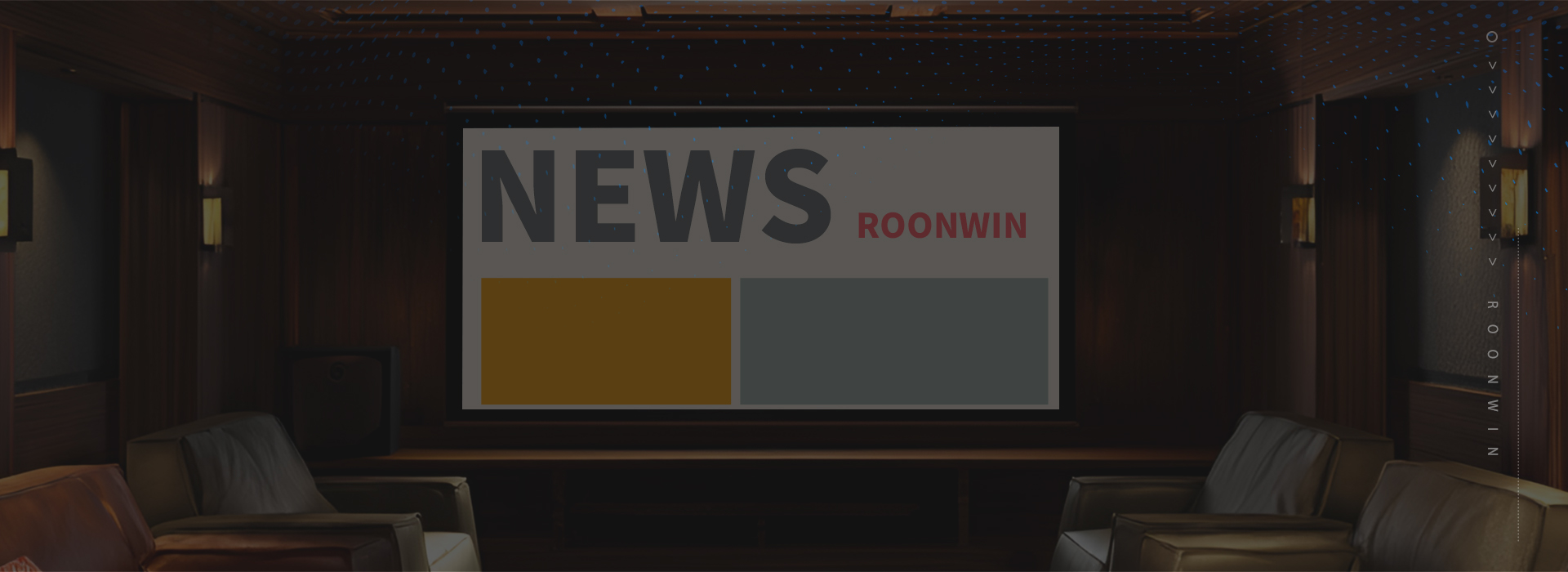
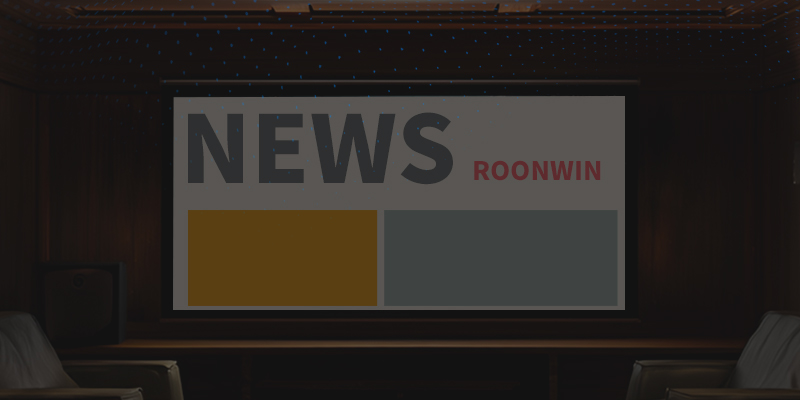
 Reviewed:
Reviewed:











